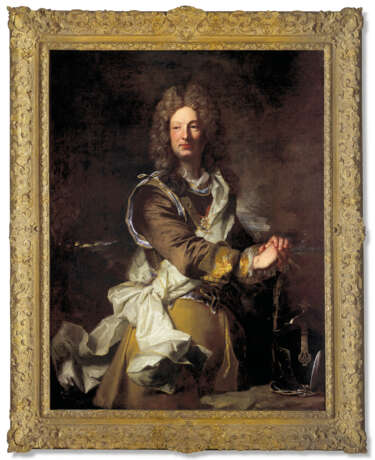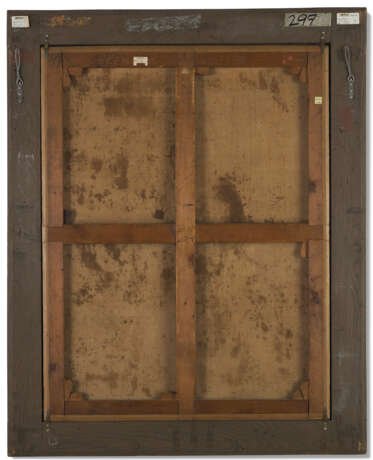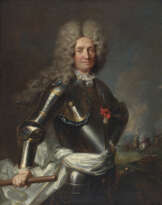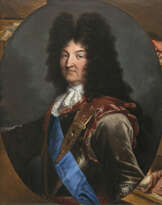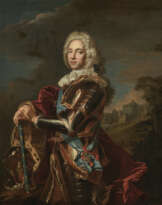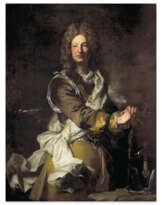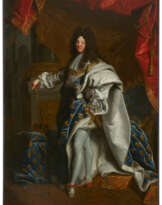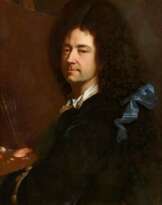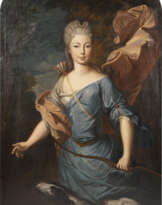HYACINTHE RIGAUD (PERPIGNAN 1659-1743 PARIS) ET CHARLES SEVIN DE LA PENAYE (FONTAINEBLEAU 1685-1740 PARIS)
18.05.2022 14:30UTC +01:00
Classic
Startpreis
60000EUR € 60 000
| Auctioneer | CHRISTIE'S |
|---|---|
| Veranstaltungsort | Frankreich, Paris |
Archiv
Die Auktion ist abgeschlossen. Es können keine Gebote mehr abgegeben werden.

ID 761403
Los 203 | HYACINTHE RIGAUD (PERPIGNAN 1659-1743 PARIS) ET CHARLES SEVIN DE LA PENAYE (FONTAINEBLEAU 1685-1740 PARIS)
Schätzwert
€ 60 000 – 100 000
| Künstler: | Hyacinthe Rigaud (1659 - 1743) |
|---|---|
| Angewandte Technik: | Öl auf Leinwand |
| Genre: | Porträt |
| Herkunftsort: | Westeuropa, Frankreich, Europa |
| Kategorie des Auktionshauses: | Gemälde |
| Künstler: | Hyacinthe Rigaud (1659 - 1743) |
|---|---|
| Angewandte Technik: | Öl auf Leinwand |
| Genre: | Porträt |
| Herkunftsort: | Westeuropa, Frankreich, Europa |
| Kategorie des Auktionshauses: | Gemälde |
| Adresse der Versteigerung |
CHRISTIE'S 9 Avenue Matignon 75008 Paris Frankreich | ||||||||||||||
|---|---|---|---|---|---|---|---|---|---|---|---|---|---|---|---|
| Vorschau |
| ||||||||||||||
| Telefon | +33 (0)1 40 76 85 85 | ||||||||||||||
| Fax | +33 (0)1 40 76 85 86 | ||||||||||||||
| Nutzungsbedingungen | Nutzungsbedingungen | ||||||||||||||
| Versand |
Postdienst Kurierdienst Selbstabholung | ||||||||||||||
| Zahlungsarten |
Banküberweisung | ||||||||||||||
| Geschäftszeiten | Geschäftszeiten
|

